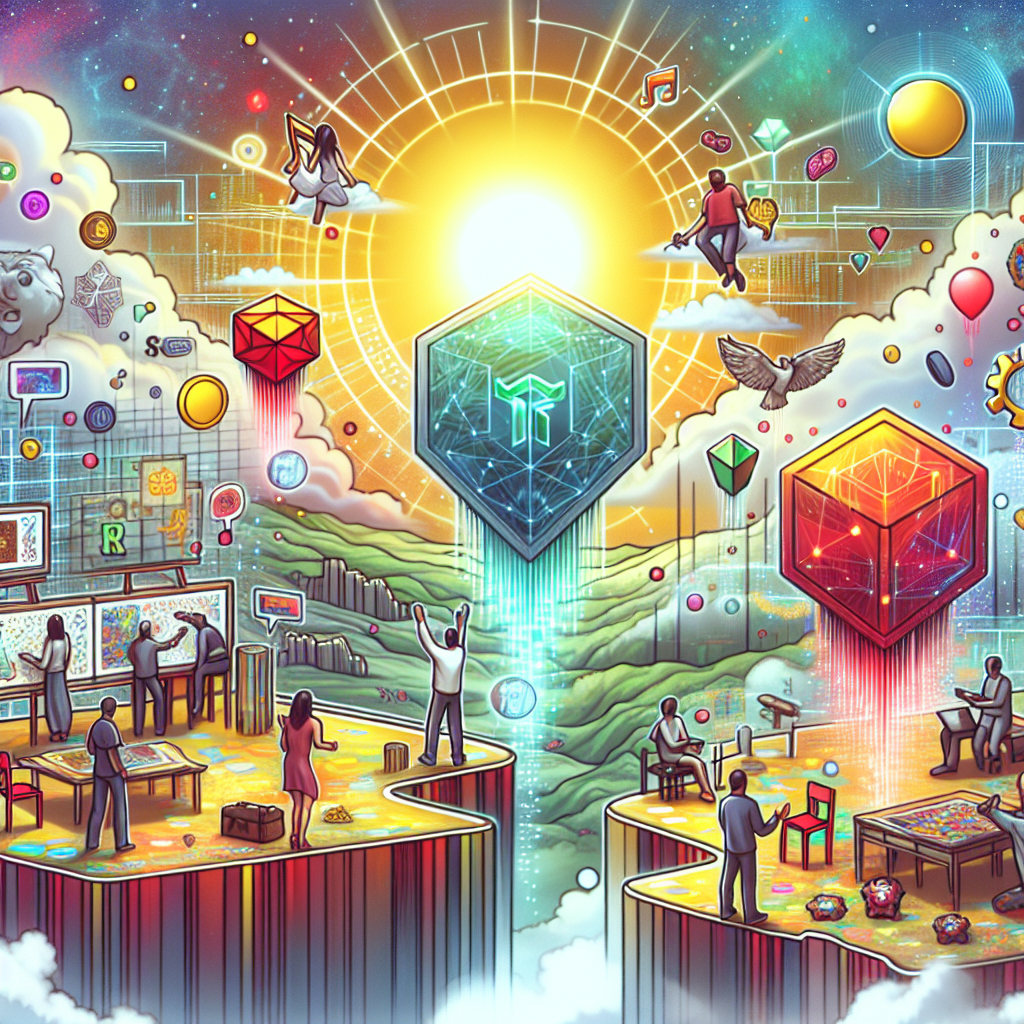In the ever-evolving landscape of digital currencies, altcoins have emerged as a compelling segment of the cryptocurrency market. While Bitcoin continues to dominate headlines, a plethora of alternative coins, collectively known as altcoins, have captured the attention of investors, developers, and enthusiasts alike. This article delves into the rise of altcoins, the opportunities and risks associated with them, and the key trends that are shaping their future.
Understanding the Rise of Altcoins in Crypto Markets
The term "altcoin" refers to any cryptocurrency that isn’t Bitcoin, and their rise can largely be attributed to Bitcoin’s limitations and the desire for innovation in the crypto space. While Bitcoin laid the foundational framework for blockchain technology, altcoins emerged to address specific issues like transaction speed, scalability, and privacy. Ethereum, for instance, introduced smart contracts, enabling decentralized applications (DApps) to flourish. Other altcoins, such as Litecoin and Ripple, have focused on faster transaction times and lower fees, respectively. This diversity in utility and features has allowed altcoins to carve out niches within the broader crypto ecosystem.
Moreover, the rise of altcoins can also be seen as a response to the growing demand for more inclusive financial systems. The decentralized nature of cryptocurrencies offers an alternative to traditional banking systems, particularly in regions with limited access to financial services. Altcoins have played a crucial role in democratizing finance by providing a platform for peer-to-peer transactions and fostering financial innovation. As a result, altcoins have not only captured the interest of individual investors but also institutional players looking to diversify their portfolios and hedge against the volatility of traditional markets.
Navigating the Opportunities and Risks of Altcoins
Investing in altcoins presents a unique set of opportunities for market participants. One major advantage is the potential for significant returns, as many altcoins have experienced exponential growth in relatively short periods. This growth is often driven by technological advancements, partnerships, and increased adoption. Furthermore, altcoins offer investors the chance to diversify their crypto holdings beyond Bitcoin, thereby spreading risk and potentially increasing overall portfolio resilience. For developers and entrepreneurs, altcoins provide a fertile ground for innovation, allowing them to build on existing blockchain technologies and create new applications that could disrupt various industries.
However, the altcoin market is not without its risks. The sheer number of altcoins available—numbering in the thousands—can be overwhelming, and not all of them are backed by solid technology or a viable use case. The altcoin market is notoriously volatile, with prices prone to dramatic swings based on market sentiment and speculation. Additionally, regulatory challenges pose a significant threat, as governments worldwide grapple with how to classify and regulate these digital assets. Investors must conduct thorough due diligence to avoid scams and ensure they are investing in projects with legitimate potential. As with any investment, a balanced approach that considers both the opportunities and risks is essential for navigating the altcoin landscape.
Key Trends Shaping the Future of Altcoins
Several key trends are poised to shape the future of altcoins, with technological innovation at the forefront. One of the most significant developments is the rise of decentralized finance (DeFi) and non-fungible tokens (NFTs), which have introduced new use cases for altcoins. DeFi platforms leverage altcoins to offer financial services such as lending, borrowing, and yield farming without intermediaries, while NFTs have created a new market for digital art and collectibles. These innovations highlight the evolving nature of altcoins and their potential to disrupt traditional industries.
Another trend influencing the future of altcoins is the increasing focus on sustainability and energy efficiency. As concerns about the environmental impact of cryptocurrency mining grow, many altcoin projects are exploring more sustainable consensus mechanisms, such as proof-of-stake (PoS) and other energy-efficient protocols. This shift not only addresses environmental concerns but also aligns with the broader global push towards sustainability. Additionally, regulatory developments will continue to play a crucial role in the evolution of altcoins, as governments worldwide establish frameworks to govern their use and mitigate associated risks. As these trends unfold, they will undoubtedly shape the trajectory of altcoins in the coming years.
As the cryptocurrency market continues to mature, altcoins will remain a dynamic and integral part of the landscape. Their ability to offer diverse functionalities, coupled with the potential for high returns, makes them an attractive option for investors and innovators alike. However, navigating the altcoin market requires a keen understanding of the opportunities and risks involved, as well as the trends that are likely to influence their future. By staying informed and adopting a strategic approach, stakeholders can capitalize on the potential of altcoins while mitigating potential pitfalls.




